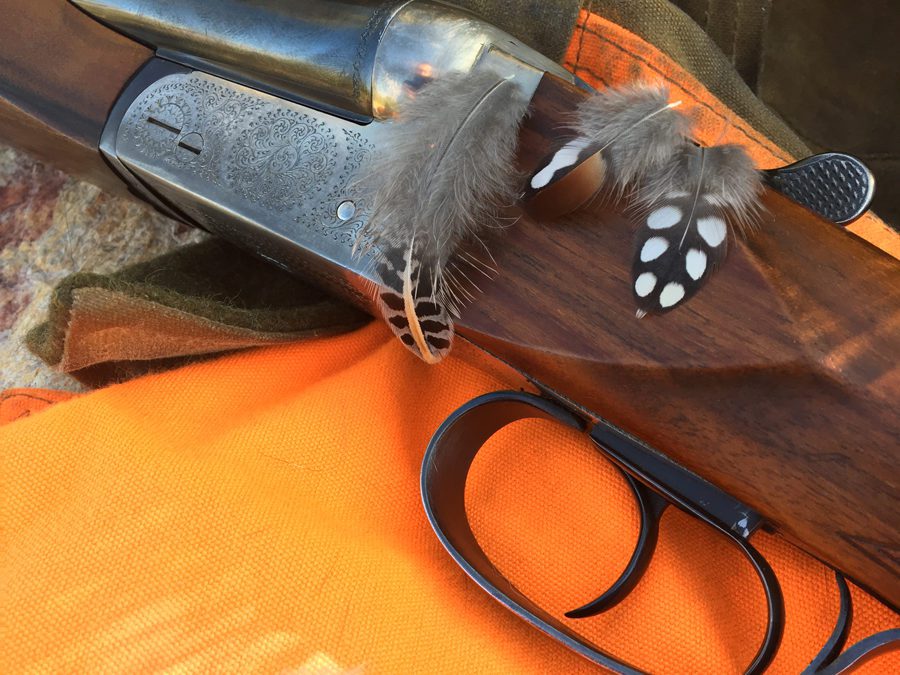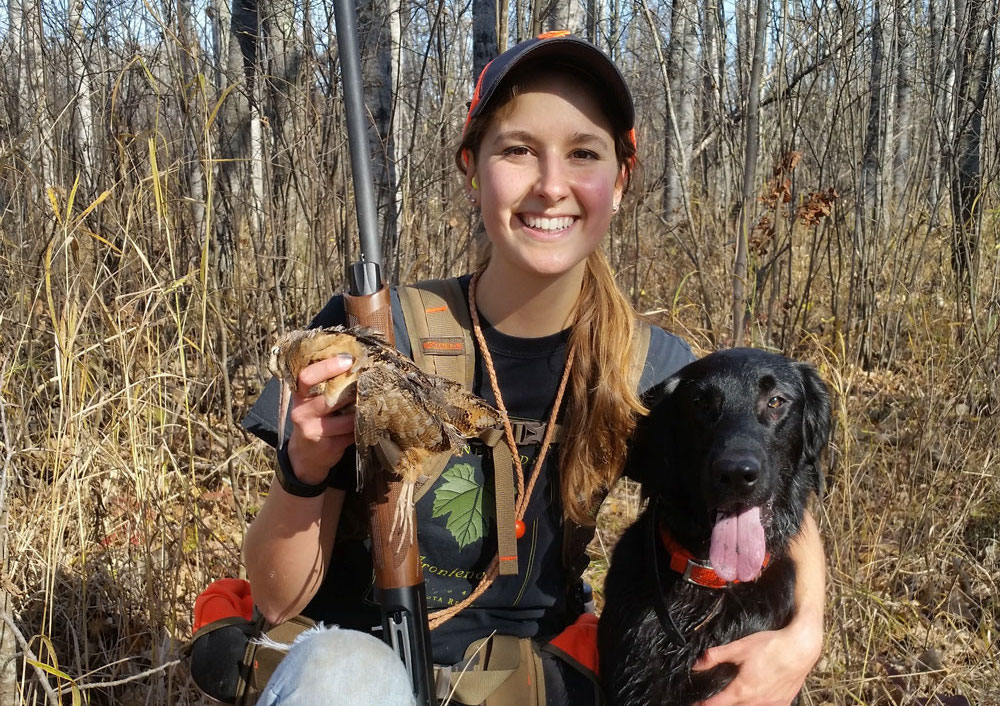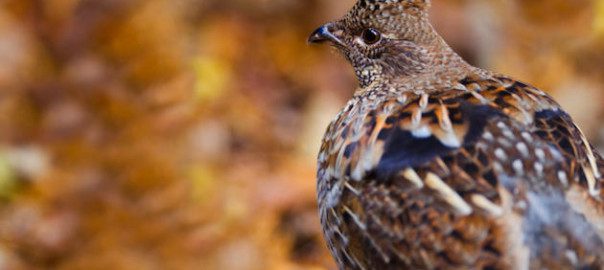Most hunters immerse themselves in an aesthetic ritual, and the very kernel of ritual is a spiritual matter.
The shotgun kicks my wiry frame. The covey’s scattered brown forms pass through the hackberry trees and melt into a miasma, swallowed by a sooty gray sky. I can see the old Ohio farm with the eyes of my heart anytime I like. I intersected with its fallow fields and fence lines for what was really only a brief period of my youth before moving back out West, but every time I look the mental image is the same.
It’s November. Fat raindrops patter stalks of grasses that lie flat to the ground. Sodden soil curls like dough around my boots as I slog along, kicking brush piles for quail or cottontail. My rain-soaked shoulders are chilled from a damp cotton sweatshirt that’s pulled by the weight of a couple of rabbits in my game bag. A blue jay’s scolding chatter from a distant woodlot arcs through the cold, leaden-gray sky. My dad’s pump shotgun lies heavy in my arms. I’m built like a late-July cornstalk, at an age where innocence begins its selfish collapse.
Despite the press of years, this place and the experiences that it gave up over a couple of seasons yield to me an everlasting spiritual larder. Most any ardent hunter will tell you that a full-immersion experience in nature that comes with hunting is, irreducibly, a spiritual one.
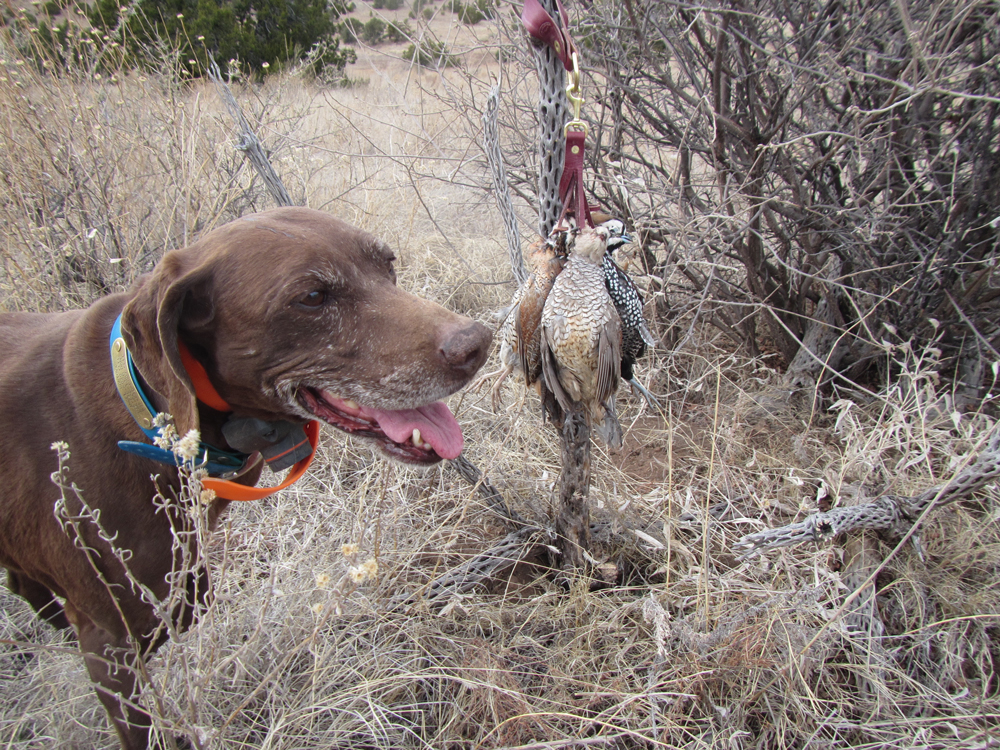
Three birds in the hand are better than one. (Photo: Angel Montoya)
A Sport to Stir the Spirit
Witness the dissonance of a ring-necked pheasant as it puts sky between the two of you; or the disquieting skirr that comes with a covey of quail taking to the wing from your ankles. Duck hunters scan the skies for distant black specks. Goose hunters listen for that jarring, discordant honk coming from afar. Dusky grouse hunters in the West, wearing off boot sole in the high country, turn their eyes upward to the tops of blue spruce and white fir on the flush. These experiences immerse you in nature and enliven a passion. They sharpen your senses, and all of them are, without question, spiritual experiences.
I know but only a few hunters who go afield strictly to put food in the freezer. Most hunters immerse themselves in an aesthetic ritual, and the very kernel of ritual is a spiritual matter.
“The duck hunter in his blind and the operatic singer on the stage, despite the disparity of their accoutrements, are doing the same thing,” said the father of modern wildlife management, Aldo Leopold. “Each is reviving, in play, a drama formerly inherent in daily life. Both are, in the last analysis, aesthetic exercises.”
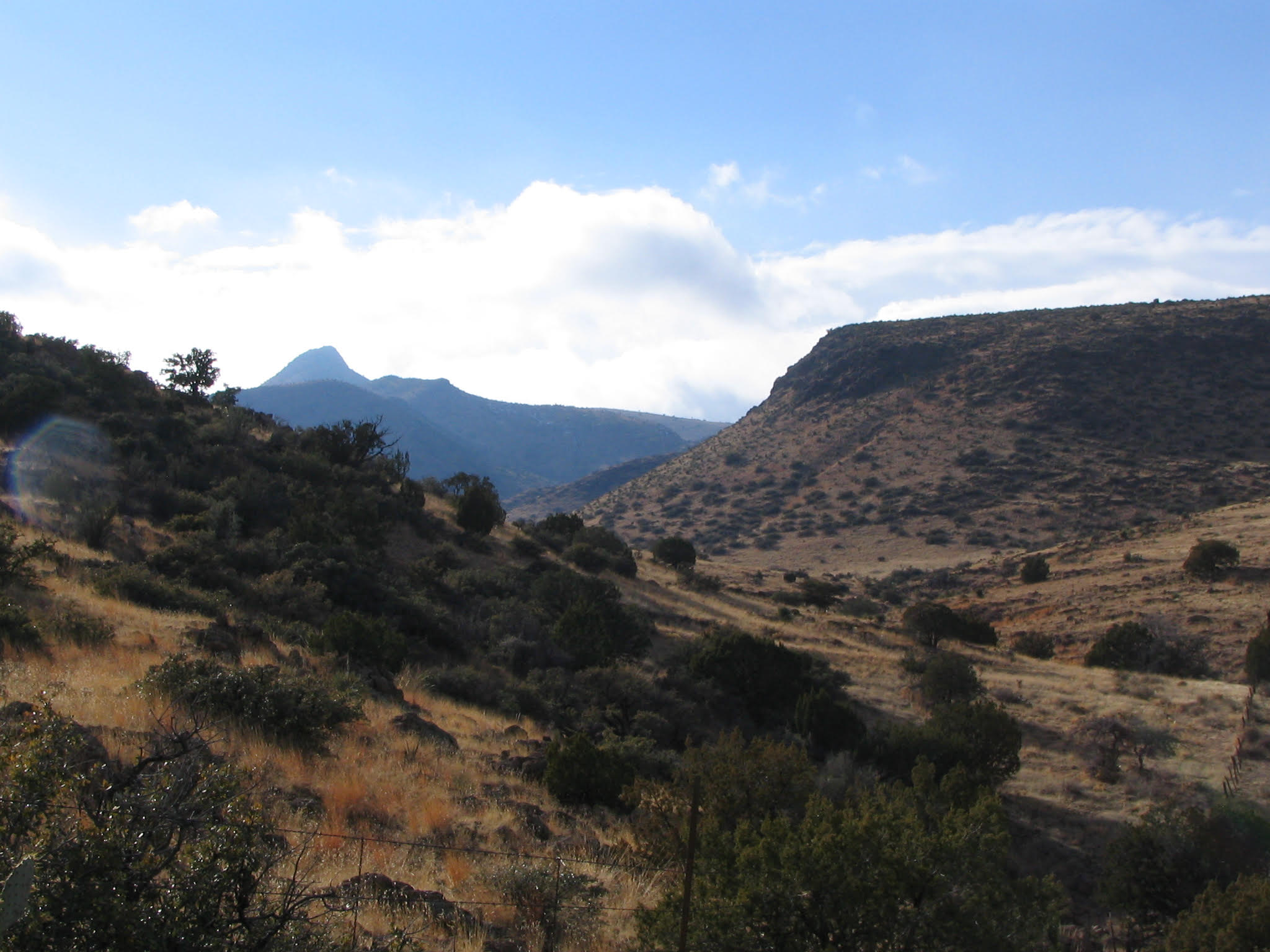
New Mexico may not be the first place that comes to mind when you think “quail habitat,” but the state has it in spades.
Connecting to Nature
Hunters describe their full-immersion experiences, in varying degrees, as connecting with the fruits of the land in ways that can’t come from other endeavors. Philosophers from Socrates to Ortega y Gassett to Leopold considered the experience of hunting as clarifying for the mind. Hunters fully immerse themselves as not just observers of nature, but as those who are in nature. It’s emotional. Transcendent. Like a writer living in the page, a distance-runner in top form dissociated from fatigue, a carpenter carefully crafting the right cut—they’re all bound in the moment.
It is nature that makes us human, and hunting makes this most convincing. This original aesthetic act of hunting is paradoxical: immersing one’s self in a hunt that could end in death is life-affirming. Hunting stirs your senses to recreate one’s own being, and that speaks to the core of why hunters are conservationists, why they care immensely for nature. Conservation of wild things in wild places matters to people.
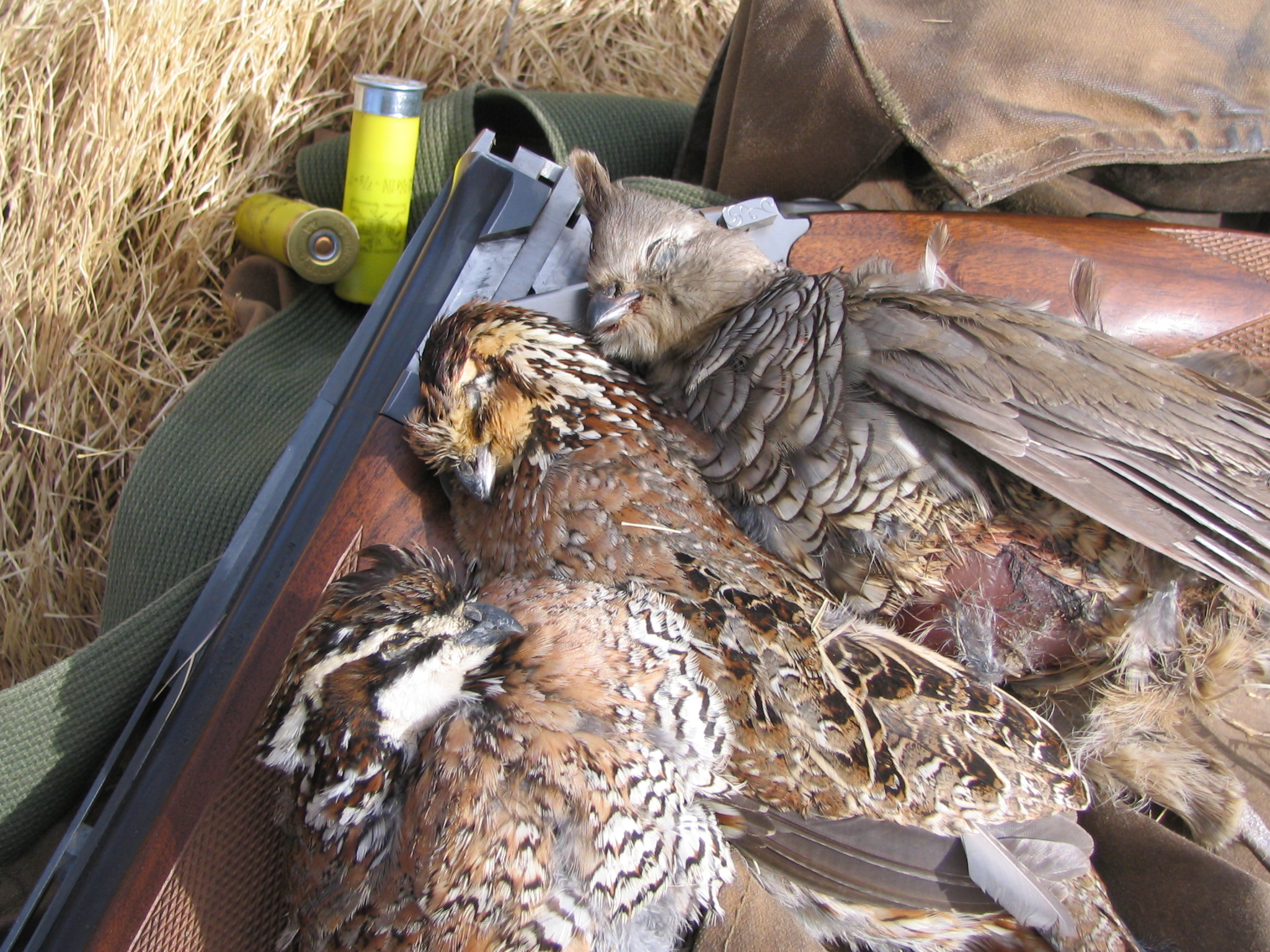
Bobwhite and scaled quail taken by the author.
Making a Difference
For the last 80 years, hunters have funded conservation through the Wildlife and Sport Fish Restoration program in the U.S. Fish and Wildlife Service. If you’ve bought a lure, a box of shotgun shells or gas for your boat, you’ve helped fuel conservation through excise taxes that go back out on the ground in the form of science-based wildlife and fisheries conservation or to create better access to fish and hunt.
One of my favorite places to quail hunt with my children is in New Mexico near my family home. It sits at the juncture of two dry ravines where a spring wells up through a crack in the soil. It’s a quiet, organic connection to earth. On a jutting hunk of granite, a lone gnarled netleaf hackberry hangs by its roots, which palm through crevices into the spring. Its corky bark looks like that found on common hackberries growing in the corner of a fallow field from a lifetime ago.
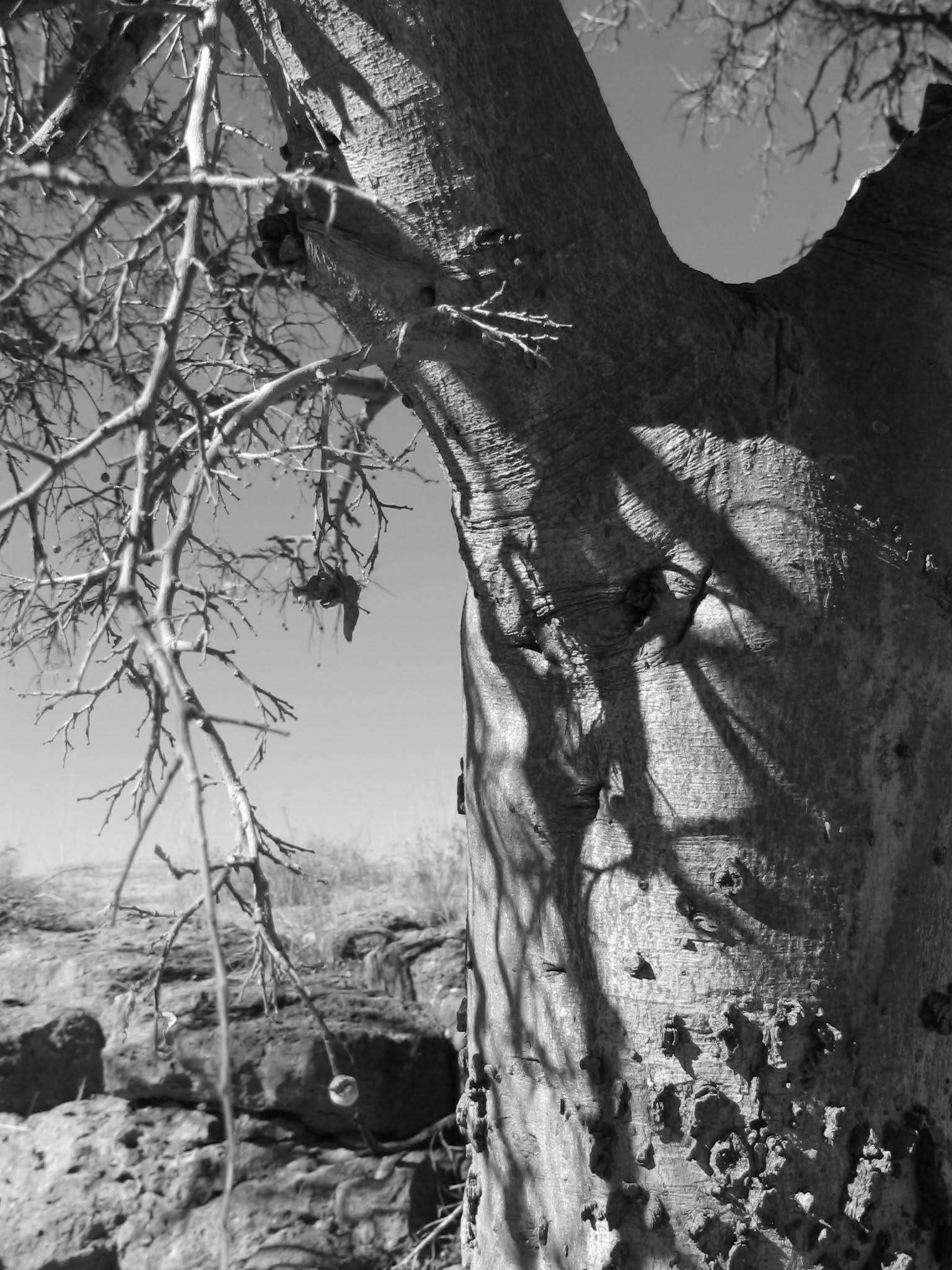
The old netleaf hackberry serves as a totem of hunts past, present, and future.
Precious Memories
This lone gray tree near a wet desert seep evokes an everlastingly fluid image: It’s November, and raining. A covey of bobwhite quail takes to the wing in a shocking flurry. The shotgun kicks my wiry frame. The covey’s scattered brown forms pass through the hackberry trees and melt into a miasma, swallowed by a sooty gray sky.
I’m as wealthy as Croesus that I can live in that fixed spot of time, any time of my choosing. Those odd acres that had quail and cottontails impressed my morals. The land that I will probably never see again still serves up spiritual food that sticks to my ribs.
Editor’s Note: Craig Springer works for the U.S. Fish and Wildlife Service in New Mexico, where he writes about the Wildlife and Sport Fish Restoration program and other conservation matters. His office is a short walk from Aldo Leopold’s former Albuquerque home.
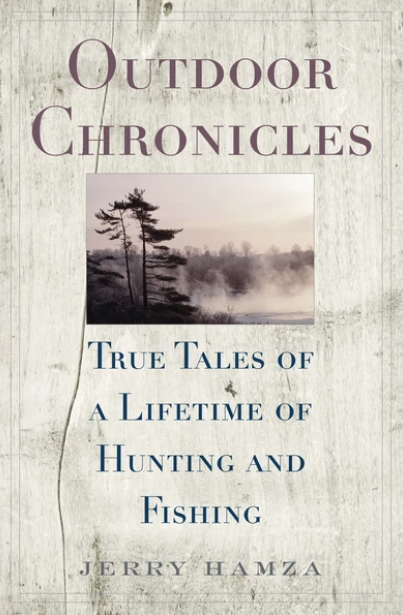 This book is a collection of outdoor stories wrapped in the human condition. They were written with an eye toward honesty and cynicism. They will make you laugh out loud, and you will want to carry them with you wherever you go. If this book goes missing, it’s a sure thing that, when you do find it, it will be in the possession of a member of your household, regardless of their interest in casting a fly. The stories cover the gamut from a fishing trip to northern Canada to a little stream that was actually better than remembered, to how the baby boomers almost trampled a sport to death, to a solitary trek along railroad tracks during a cold, dark, and dreary February, and many more. Buy Now
This book is a collection of outdoor stories wrapped in the human condition. They were written with an eye toward honesty and cynicism. They will make you laugh out loud, and you will want to carry them with you wherever you go. If this book goes missing, it’s a sure thing that, when you do find it, it will be in the possession of a member of your household, regardless of their interest in casting a fly. The stories cover the gamut from a fishing trip to northern Canada to a little stream that was actually better than remembered, to how the baby boomers almost trampled a sport to death, to a solitary trek along railroad tracks during a cold, dark, and dreary February, and many more. Buy Now

